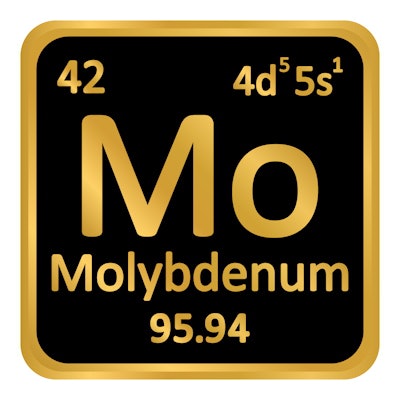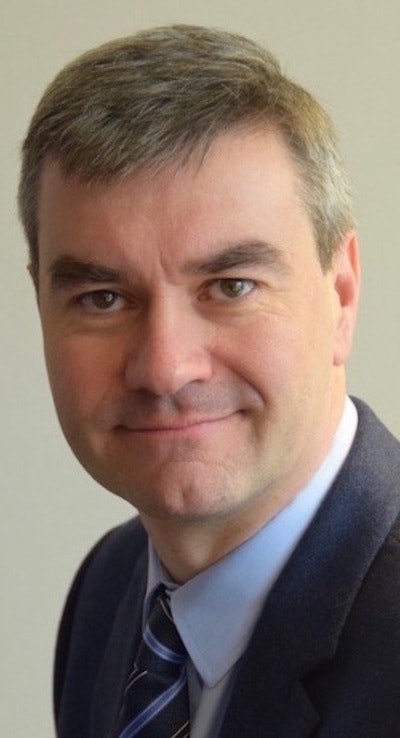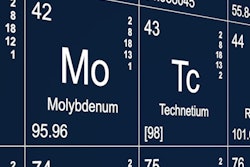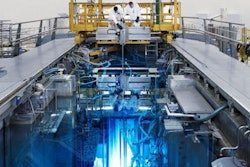
The European nuclear medicine industry's efforts to ensure adequate supply of essential isotopes seem to be paying off. Serious shortages of molybdenum-99 (Mo-99) and iodine-131 (I-131) appear to have been averted.
 Erich Kollegger.
Erich Kollegger.A major factor in the improved outlook is the startup of the BR2 research reactor at the Belgian Nuclear Research Centre in Mol, northeast Belgium, which began on 12 February, three days ahead of its regular schedule. In addition, other reactors have stepped up medical isotope production. Poland's research reactor, Maria, began producing Mo-99 immediately following the announcement that a Dutch reactor that produces much of the continent's supply of medical isotopes went offline.
"Shortages have been mitigated," Erich Kollegger, chief executive officer of Belgium's National Institute of Radioelements (IRE) and chair of the Security of Supply Working Group at the Nuclear Medicine Europe industry association (NMEu, formerly AIPES), told AuntMinnieEurope.com on 14 February. "Theoretically, there's always a sufficient irradiation capacity for these isotopes, primarily Mo-99 and I-131."
Mo-99 is used in the production of technetium-99m (Tc-99m), which in turn is used in around 85% of medical imaging exams in nuclear medicine, amounting to around 17 million diagnostic procedures a year globally.
Problems in January
Fears of a looming crisis emerged when officials at Europe's nuclear medicine industry group learned on 20 January that one of the world's largest medical isotope manufacturers in the Netherlands had shut down due to a water leak in its cooling system.
The supply of iodine-131 (I-131), an isotope used primarily in imaging and treating thyroid cancer, was already an issue. An unscheduled shutdown in mid-December of a production line at the IRE facility in Fleurus left that supply in apparent jeopardy, with plans for a full restart there expected this week.
The news of the shutdown of the High Flux Reactor (HFR) in Petten, the Netherlands, had some wondering whether the global supply of Mo-99 would be imperiled as well.
"We had a little bit of a perfect storm, because these two things were happening at once," Kollegger said.
In a phone call on 14 February with officials at the Nuclear Research and Consultancy Group (NRG), which operates the HFR, Kollegger and colleagues learned the cause of the water leak has been identified and that company is hopeful it will restart production by 17 March.
The leak was difficult to detect, given it was small and located in cooling tubes embedded in concrete, he said. It took two weeks to confirm the source. NRG has developed a plan to fix it and is working with the Dutch Authority for Nuclear Safety and Radiation Protection (ANVS) on final approval to initiate the work.
"Everyone believes that HFR will start up again on [17 March]," Kollegger said.
Looking ahead
Globally, Mo-99 is produced in a limited number of research reactors, and some reactors in Europe are aging, Kolleger said. In fact, a plan is in place to replace the HFR reactor in Petten. The future looks promising, with plans for the construction of other new reactors also.
Kolleger noted that two new nuclear reactors are planned in South Africa for the production of nuclear isotopes, with one expected to be in operation by 2030, while a new facility in France should be up and running by 2025. And isotope producer Shine Medical Technology recently announced it is in the design phase for a new isotope facility in Veendam, the Netherlands.
In the meantime, the strategy of NMEu to build the concept of redundancy into the global system appears to be working, he added. Each year, it coordinates with the world's isotope producers on a schedule that ensures -- at least on paper -- that production is as fluid as possible.
"When we make the schedule, we try to make sure that if any reactor fails, there will be ideally enough capacity in the other reactors that are up and running to make up for the loss," he said.



















